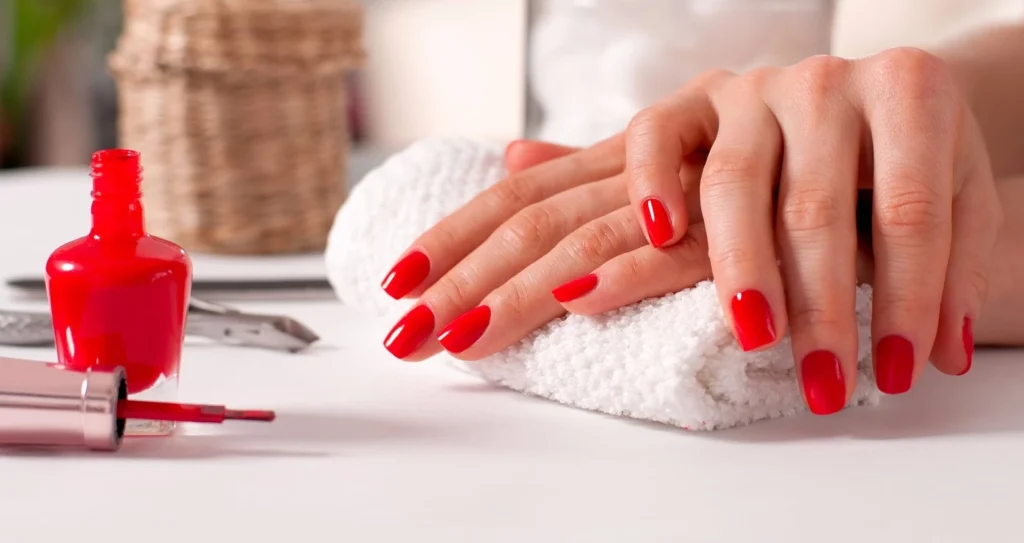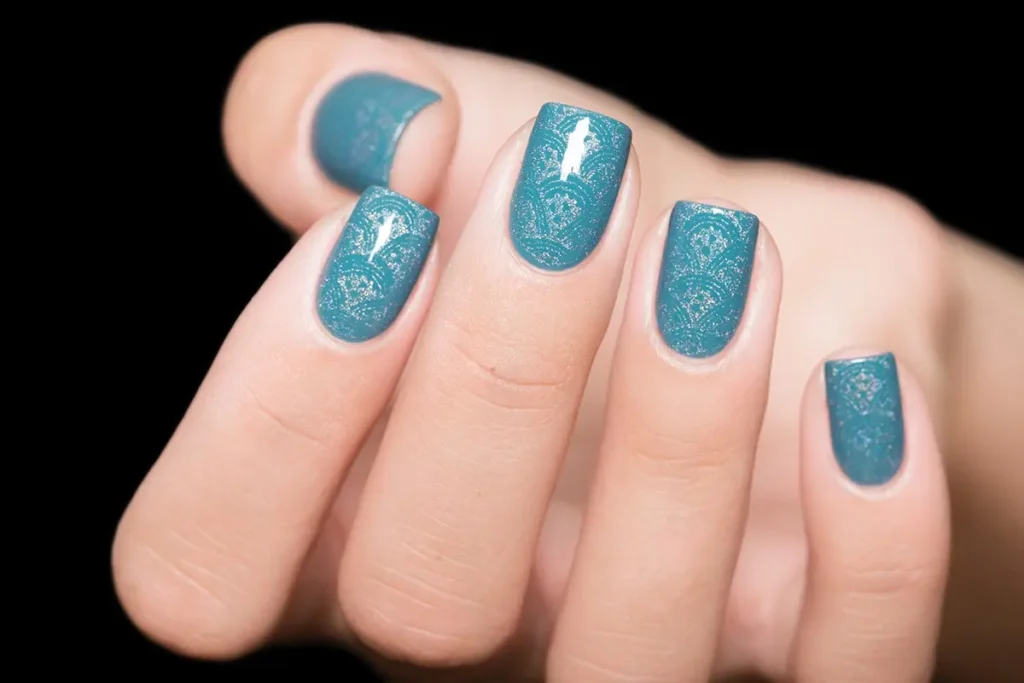Nail polish remains a favourite beauty item for several, but what occurs to it in frigid conditions?
The query “Can nail polish freeze?” is not purely hypothetical; it is important information for anyone who intends to maintain their polish in excellent shape.
This write up will subjectively examine some key elements of nail varnish, including why it freezes and how best you can take care of your most loved colors during winter season.
Understanding Nail Polish
Nail polish is not merely a bright fluid; it is an elaborately designed blend of different substances that combine to give lastingness and radiance.
So, let us take apart the actual contents of nail polish.
Composition of Nail Polish
-
Most nail polishes consist of the following major components:
Resins: They provide adhesion and durability. Some common resins are nitrocellulose or toluene sulfonamide.
Solvent: they hold in a liquid form, and then evaporate when the polish dries up. Ethyl acetate is a commonly used solvent.
Pigment: it imparts color to the nail polish and may be either shiny or dull.When dealing with nail polish, these may include plasticizers for flexibility, UV filters, and thickeners.
It is important to know these ingredients since they all react differently upon temperature changes.
As an illustration, extreme cold allows for quicker evaporation of solvents resulting in thickened consistency.
Types of Nail Polish
Not all nail polishes are made equal. One way in which they differ is their behavior under cold weather conditions:
Regular Nail Polish: This is the prototype most widely used but does not withstand sub zero temperatures very well. It can become thick or lumpy.
- Gel Nail Polish: While more resilient than regular polish, gel formulas can also suffer from freezing, impacting their curing process.
- Quick Dry Nail Polish: This type often contains more solvents, making it more susceptible to freezing issues.
- At Really Low Temperature, below
- Freezing Point what Happens to Nail Paint At a temperature of less than thirty two degrees Fahrenheit (zero degrees Celsius), nail polish can change significantly.
- Generally, the following take place:
- Thickening: The solvents may thicken, causing a change in texture that makes application difficult.
- Separation: Ingredients may separate, resulting in an uneven finish.
- Clumping: Frozen polish can clump together, making it unusable without restoration.
Temperature Thresholds
Being aware of the best storage temperatures for your nail polishes aids in evading any freezing problems.
In the best scenario, nail polish should be kept at cooler temperatures ranging from 60°F to 75°F (15°C – 24°C).
A quick reference table is presented below:
| Temperature Range | Effect on Nail Polish |
| Below 32°F (0°C) | Potential freezing and damage |
| 32°F – 60°F (0°C – 15°C) | Thickening, application issues |
| 60°F – 75°F (15°C – 24°C) | Optimal storage conditions |
| Above 75°F (24°C) | Possible evaporation and separation |
Indications That Your Nail Polish Is Not in Good Condition
You need to be aware of the damages if your nail polish has been exposed to cold temperatures.
Here are some visual and performance indicators:
Visual Indicators
- Texture Changes: If the polish appears thick or goopy, it may have frozen.
- Color Separation: When you notice a clear layer separating from the colored nail polish, that’s a sign of damage.
Performance Issues
You may also experience several application issues:
- Difficult Application: If the polish doesn’t glide smoothly, it’s likely thickened.
- Uneven Finish: A streaky or patchy application usually indicates that the polish has lost its integrity.
Nail Polish Freezing Preservation
Nail polish freezing is a situation that one may find themselves in due to several factors. Here are some things you can do to prevent this:
Proper Storage Solutions
Cool, Dry Places: Ensure your nail polish is kept in cool, dry areas far away from windows and heat sources.
Insulated Containers: If you live in a cold area, perhaps you should opt for insulated bags or containers.
Travel Tips
Warmth Matters: During winter travels, ensure that your nail polish is packed in the warmest part of your bag.
Portable Insulators: During long trips with cold weather, consider using portable insulators such as heat packs.
Should Your Nail Polish Freeze; What Should be Done?
Despite your best efforts, you may still find your nail polish freeze. Here’s how to revive it:
Reviving Frozen Nail Polish
- Thaw Gradually: Allow the polish to sit at room temperature for several hours. Do not use any heat sources like hair dryers because they will harm the formula.
Gently Shake: once it has thawed out, gently shake the bottle to blend its contents. Avoid vigorous shaking which may lead to injection of air bubbles.
Trial Application: Take a little amount and apply in order to check whether it is still usable If it’s still thick or clumpy, you may need to consider a new bottle.
Alternatives to Consider
If you find your favorite polish consistently freezes, it may be worth exploring brands known for their resilience in cold weather. Here are some popular options:
- OPI: Known for its high quality formulas and wide range of colors.
- Essie: Offers quick dry options that can withstand some temperature variations.
- Sally Hansen: Their Miracle Gel line is constructed for endurance.
Conclusion
In essence, knowing if nail polish will freeze is important in sustaining your nail care routine; thus, an understanding of nail varnish science, identification of deterioration signs and good storage practices are crucial in safeguarding favorite shades.
Final remarks
Caring for your nail colors is not only about beauty but rather about money’s longevity.
A few tips can help you retain a good quality even when traveling during winter or simply wish to keep nail polish still fresh.
Call to Action
So, have any of you ever gone through the agony of dealing with ice cold nail polish?
If yes is your answer, then let us know about your ways of maintaining its safety in winter.
Your insights could help others navigate the chilly world of nail care.


